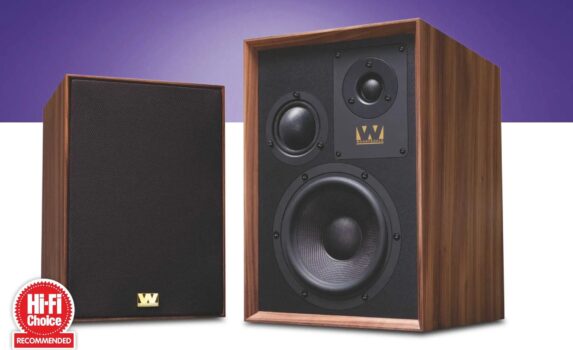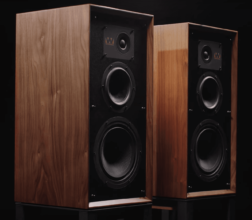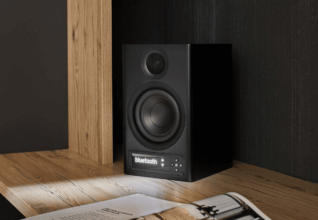- Spacious and involving presentation
- Easy to drive
- Build
- Not everyone will want such a retro design
Inspired by the classic Wharfedale Denton, the Super Denton is a two-way loudspeaker, carrying forward the legacy of the original three-way speakers from 1971. Those were marketed as the smallest true three-way speakers available, and the Super Denton is now the smallest three-way speaker you can buy today.

Design
The Super Denton features a rear-ported bass reflex cabinet. Its grille design maximizes performance by reducing reflections from the cabinet edges. It’s got a 6.5-inch woven Kevlar bass unit handling lower mid-range and bass, tuned down to 40Hz—quite impressive for a speaker this size.
A 2-inch dome mid-range driver with its rear enclosure takes care of the upper mid-range and lower treble, while a 1-inch soft dome tweeter, also with its own rear enclosure, rounds out the three-way setup. The mid-range and treble units are offset, which helps keep the speaker compact and scatters reflections from the cabinet edges.
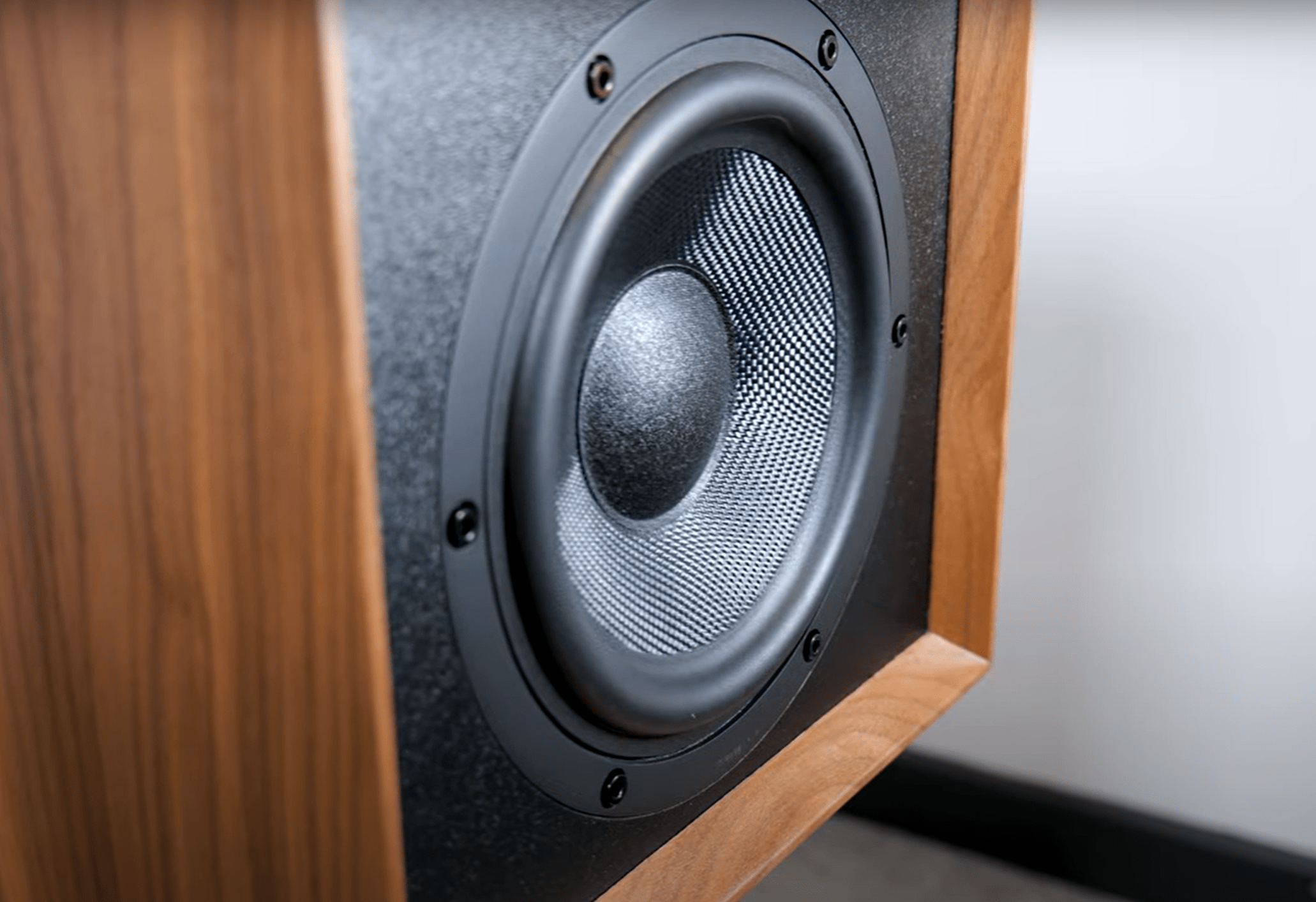
The Super Dentons are finished in hand-matched wood veneers, giving them a beautiful and solid feel—just like the original Dentons many of us fondly remember. Wharfedale uses advanced computer modeling and thousands of hours of human listening to ensure the sound has that human touch, staying true to the philosophy of Wharfedale founder Gilbert Briggs.

Overall, I really like these speakers. They remind me a lot of the Wharfedale Linton 85, which many of you have probably seen my review of.
Wharfedale Super Denton vs Wharfedale Linton 85
I’m a big fan of the Linton 85, which retails for around $1,700, depending on sales and whether you buy the stands. Comparing the price difference, which is about $300, between the Super Denton and the Linton, I’d personally choose the Linton. It’s a bigger speaker, goes lower, and has a more linear on-axis response. However, the Linton does have a noticeable scoop in the upper mid-range, making it sound a bit more laid-back compared to the Super Denton.
Despite the similarities, the Super Denton does have a laid-back sound but differs in some key areas. The on-axis response of the Super Denton is less linear, but the estimated in-room response is more linear than the Linton. This difference highlights how room setup plays a significant role in speaker performance. If you have room absorption, it can help with the off-axis non-uniformity caused by the asymmetrical layout.
The Super Denton has a beautiful, hand-matched wood veneer finish, reminiscent of the original Dentons. Wharfedale ensures their sound quality with advanced computer modeling and extensive human listening, staying true to founder Gilbert Briggs’ philosophy.
In my listening room, I sat about 10 feet away from the speakers, with them positioned 3 feet from the wall. You can place them closer to the wall without significantly impacting the response, especially since their F3 is around 60Hz. This positioning won’t add much mid-bass bloat, which can be a pro or con depending on your preference.
The speakers have a mild mid-range scoop from about 200 to 800Hz. Placing them closer to the wall lifts this lower mid-range, giving a bit more chestiness to the sound. This scoop isn’t a bad thing, and there are other speakers with more noticeable mid-range scoops.
Wharfedale Super Denton vs KEF Blade 2 Metas
When compared to the KEF Blade 2 Metas, I noticed the Super Denton had a bit of an upper mid-range scoop, which made aggressive music sound more subdued.
In terms of bass, these speakers extend to about 60Hz, with an F3 around 60Hz and an F10 around 40Hz. In my room, they don’t dig very low, but positioning them closer to the wall boosts the lower bass, adding punch and depth.
As for aiming and setup, I prefer the speakers pointed directly at me. If toed out too much, they lose some upper treble. All my testing and listening were done with the grill on, as these speakers are designed to be listened to with the grill on.
Subjectively, I find these speakers to have a pleasant sound without any glaring issues. They are a suitable alternative to the Linton 85, especially if you want a smaller speaker with a similar sound profile.
Now, let’s dive into some data. The impedance shows no box resonances, and the on-axis response has a couple of areas of interest. The upper dip in response is audible but not offensive. The early reflections directivity index shows a dip from 2 to 4kHz, influenced by the asymmetry of the design.
Comparing the Super Denton with the Linton 85, the Super Denton has a more linear estimated in-room response but a less linear on-axis response. This aligns with what I heard during my listening sessions.
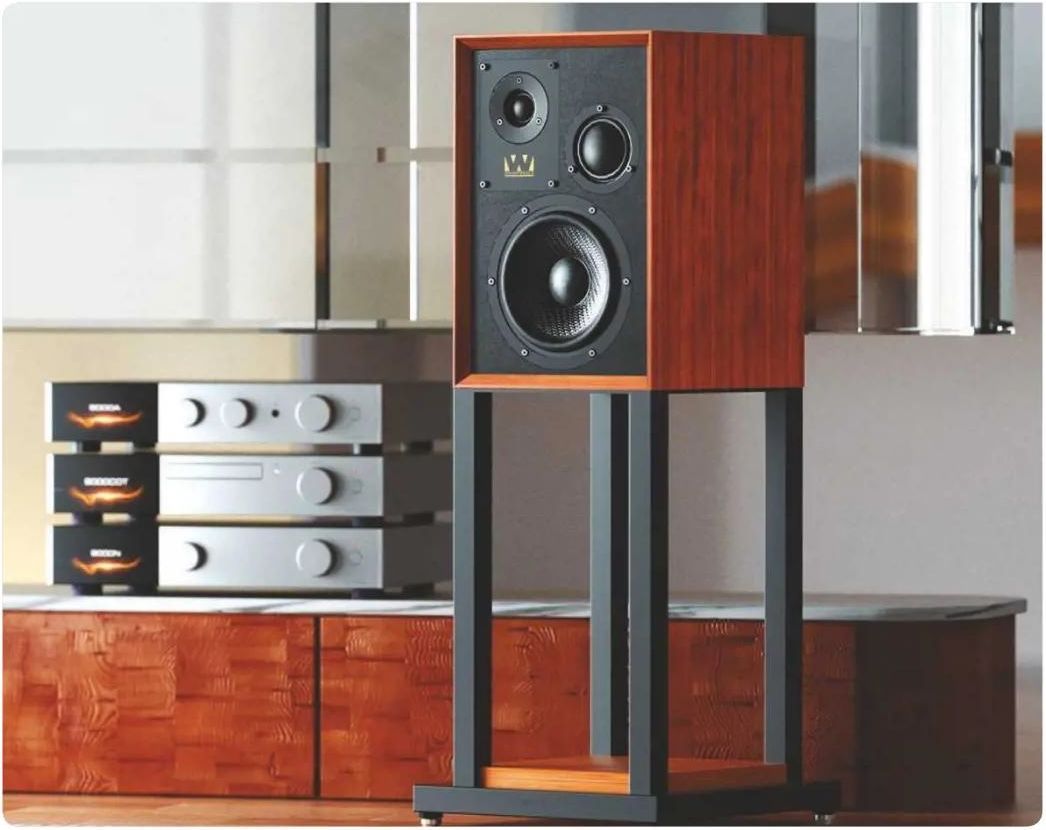
Wharfedale Super Denton Tech Specs
| Product | Wharfedale Super Denton |
| Origin | UK/China |
| Type | 3-way standmount loudspeaker |
| Weight | 9.2 kg each |
| Dimensions (WxHxD) | 246 x 360 x 275 mm (on plinth) |
| Features | 25mm soft dome tweeter, 50mm soft dome midrange driver, 165mm woven Kevlar cone mid/bass driver, Quoted sensitivity: 87.5dB/1W/1M (6 ohm) |
| Distributor | IAG |
| Website | wharfedale.co.uk, iaggroup.com |
Gallery
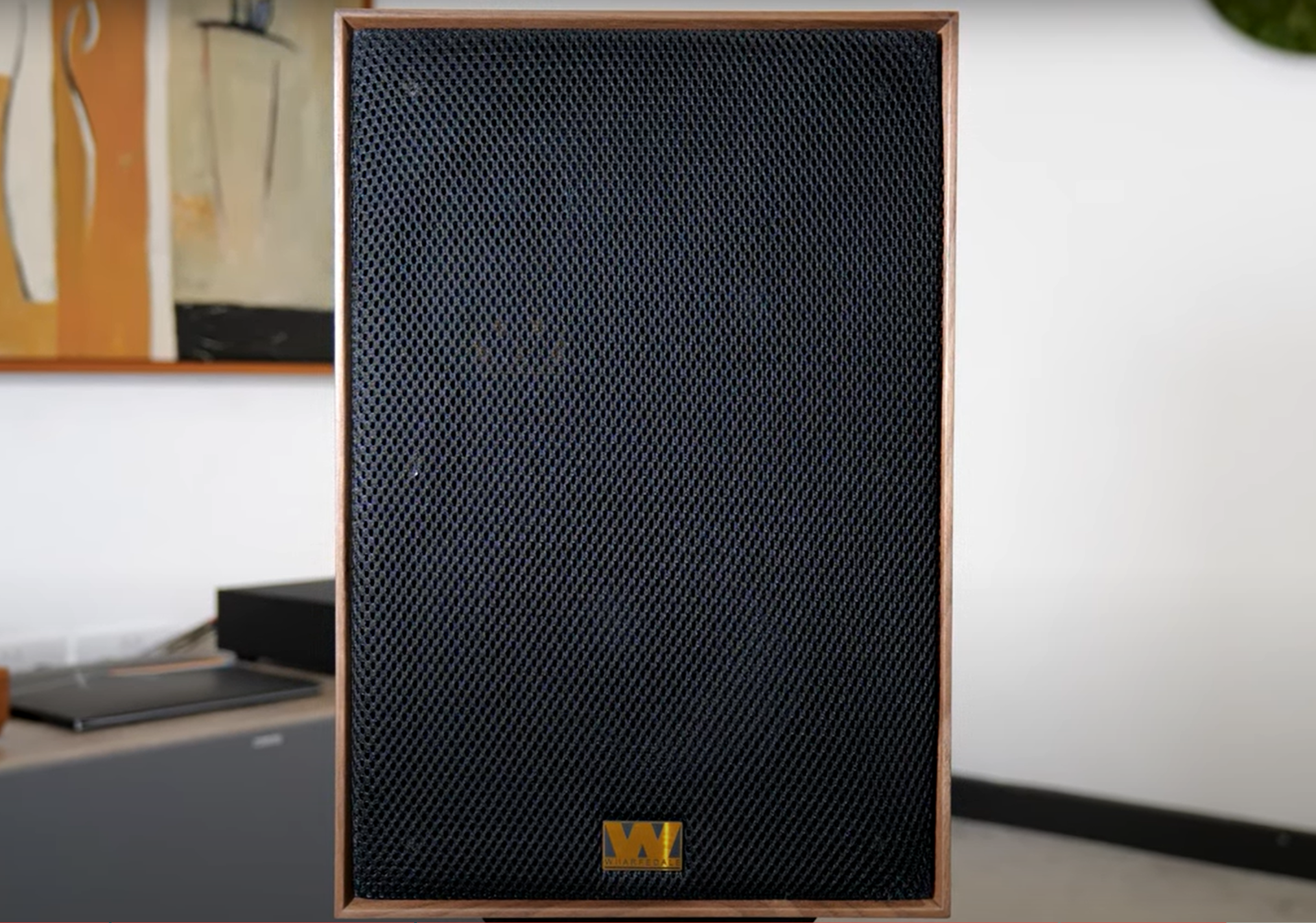

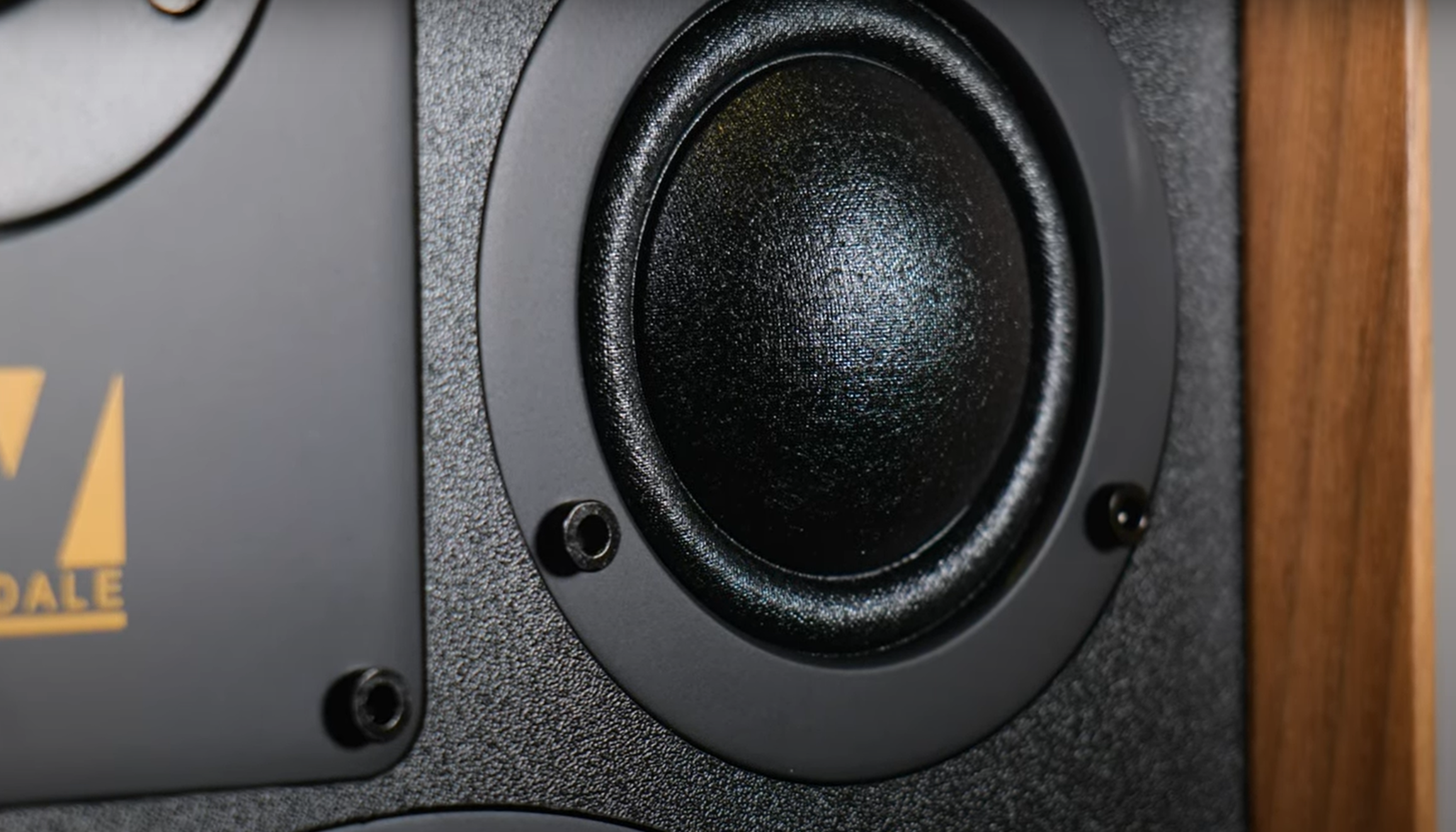
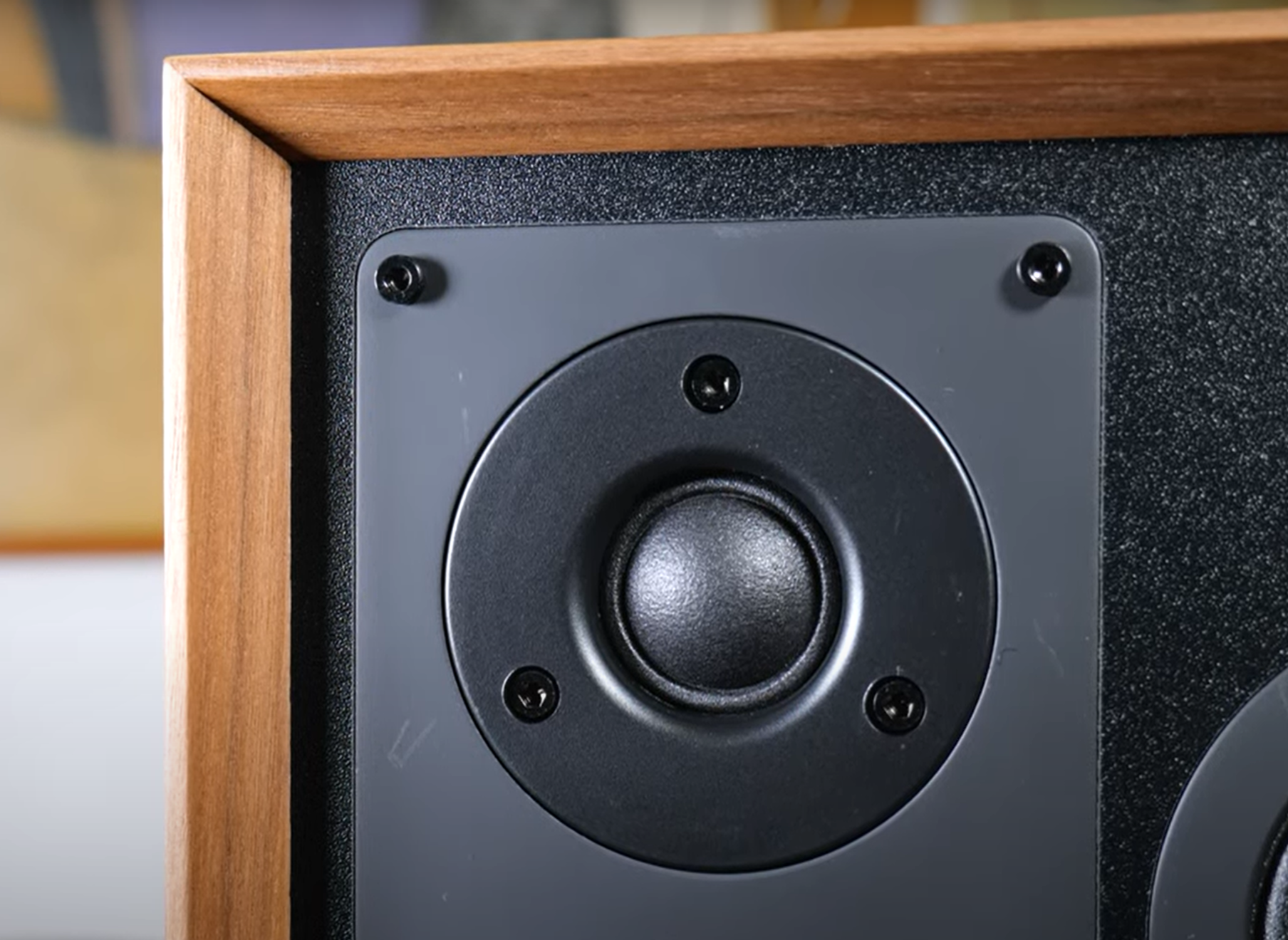
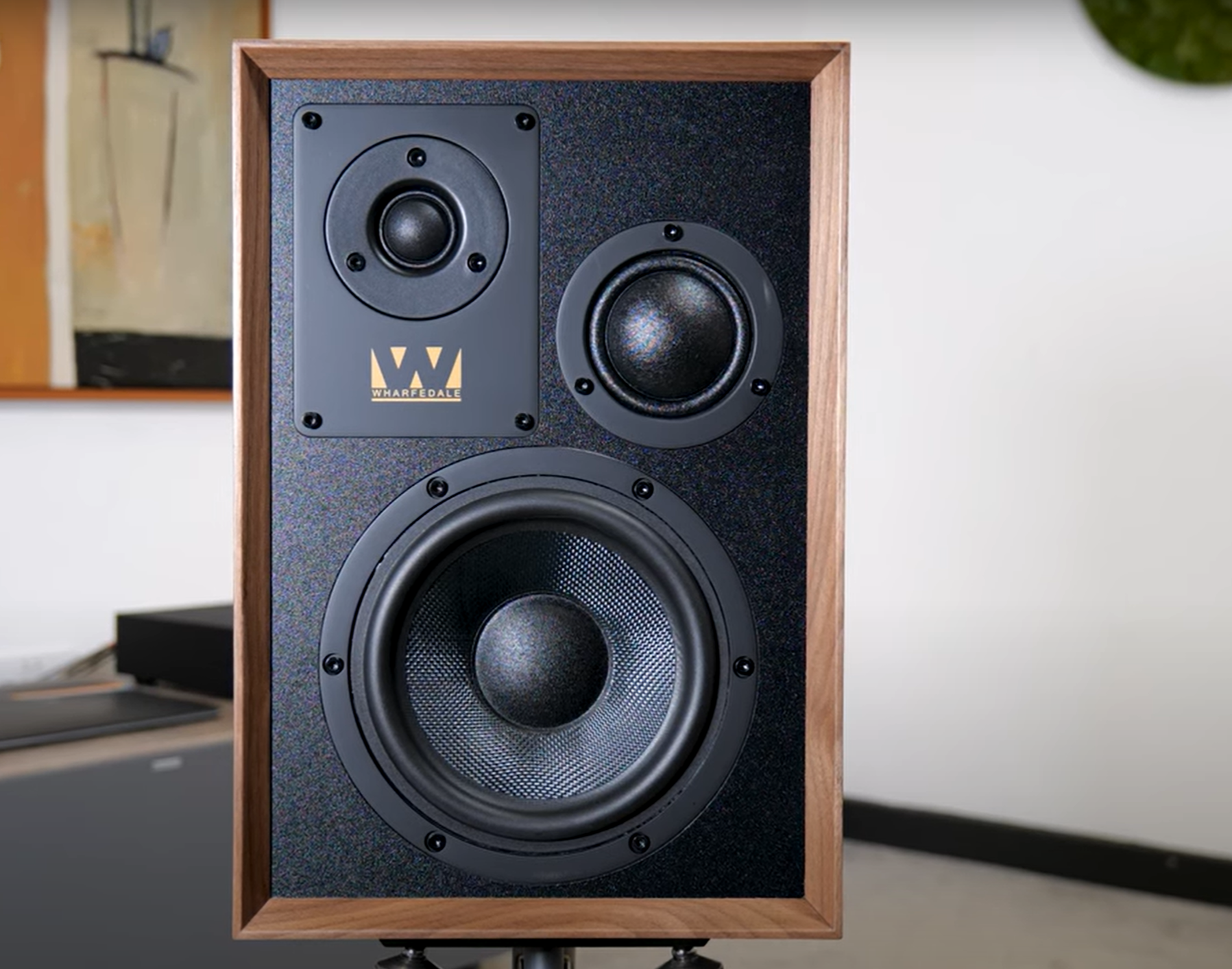
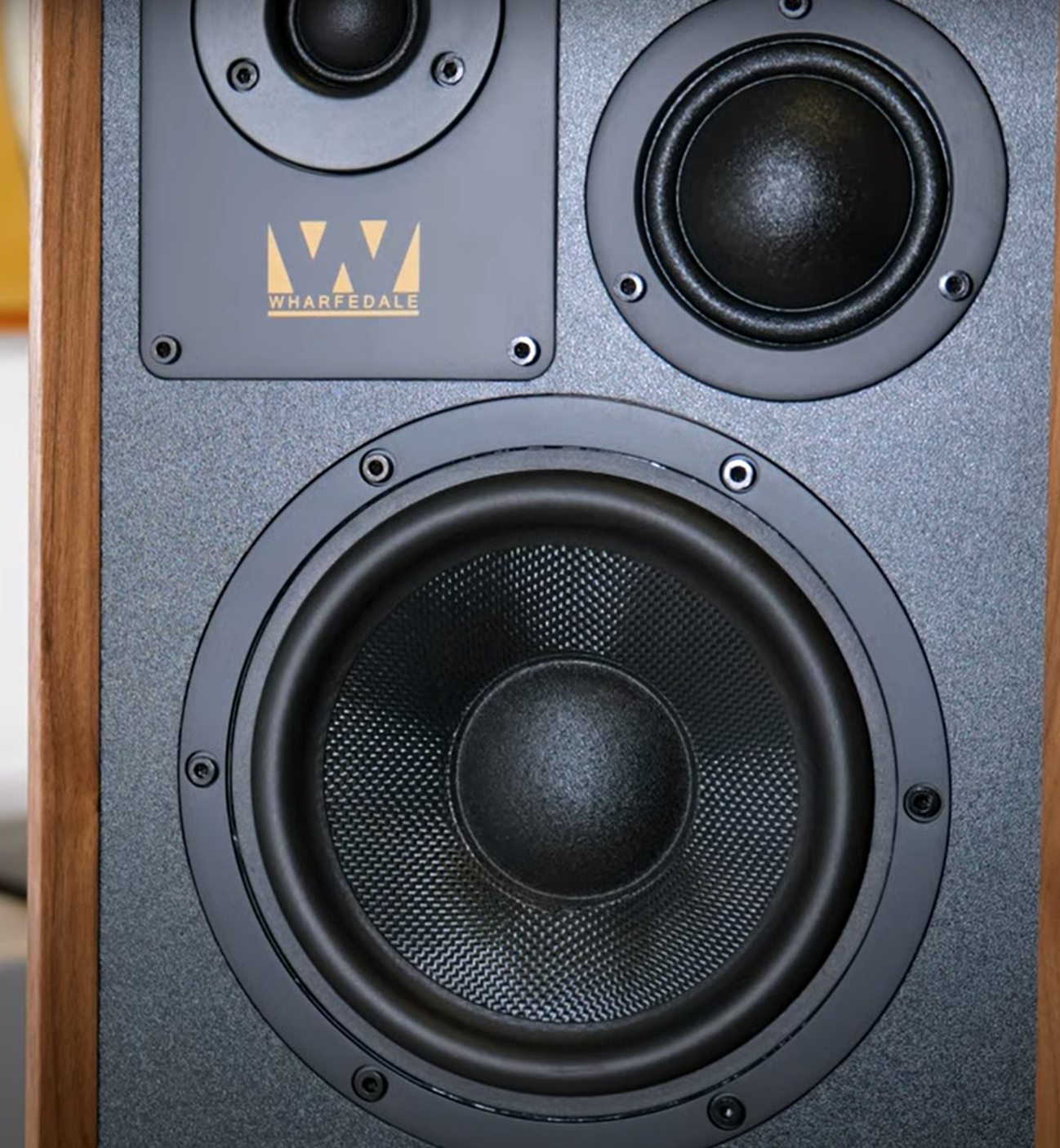
Conclusion
If you’re in the market for bookshelf speakers around this price range, the Wharfedale Super Dentons are a fantastic starting point.

SOUND QUALITY 5/5
VALUE FOR MONEY 5/5
BUILD QUALITY 4.5/5
EASE OF DRIVE 5/5
Thanks to Mike for sending these speakers for review. I appreciate all your support and feedback. That’s it for this review. If you have any questions or comments, leave them below. Talk to you all later. Take care!

